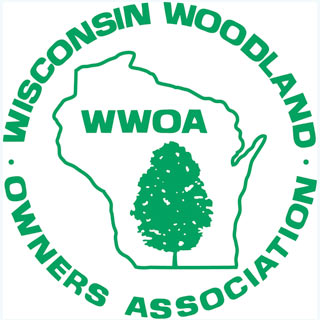Note:Â High-resolution photo available: https://www.flickr.com/photos/widatcp/32486931208/in/dateposted/.
MADISON – Plant health officials are cautioning consumers to burn wreaths and other evergreen decorations, or bag them and put them in the trash, after inspectors found invasive insects on many such items sold at large chain stores in Wisconsin this holiday season.Â
Inspectors found an insect called elongate hemlock scale, or EHS, on wreaths, swags and boughs, and in arrangements of evergreen boughs in hanging baskets, porch pots, mugs, and sleighs. EHS saps nutrients as it feeds on the underside of conifer needles, and threatens Wisconsin’s Christmas tree farms, native hemlock and balsam fir forests, and ornamental conifers in yards and parks.Â
“It’s fine to keep your decorations up for the holiday season, but when it’s time to dispose of them, don’t put them on the compost pile or set the greens out for brush collection. Burn them if you can. If you can’t do that, bag them and send them to the landfill,” advised Brian Kuhn, director of the Plant Industry Bureau in the Wisconsin Department of Agriculture, Trade and Consumer Protection. “EHS has survived in the northeastern U.S., so winter weather will not kill it. As a result, if you compost this material, the insects may well attack conifers in your yard or neighborhood, and spread from there.”Â
EHS is native to Asia, and has been introduced into Michigan and many Eastern states. In the past five years, the department’s nursery inspectors have found isolated cases of EHS at Christmas tree lots and other outlets selling cut trees and wreaths. The infested stock was destroyed or sent back to suppliers. But this season, they found infested stock at many stores throughout the state; all were part of several major chains. All had received evergreen materials from the same four suppliers in North Carolina. They also stopped EHS-infested boughs that entered the state from Virginia before they reached stores.  Â
All the stores cooperated with the department, removing the items from their shelves and destroying them. However, many of the items had already been sold, and it is unknown if other chain or independent stores also received infested merchandise.Â
EHS has a complex life cycle, going through several growth stages. After hatching from eggs, “crawlers” begin feeding on the underside of needles and secrete a cover around themselves as they grow, creating the “scale” that is visible. The crawlers may establish new infestations. Wind and birds may also disperse infestations to new trees. EHS is very hard to control with pesticides, because it has overlapping generations with crawlers present all year long, and because the insects are protected by their hard, waxy coverings. EHS feeds on more than 40 conifer species, with hemlock, spruces and firs being among the most susceptible.Â
Find more information at https://datcp.wi.gov/Pages/Programs_Services/EHS.aspx.
